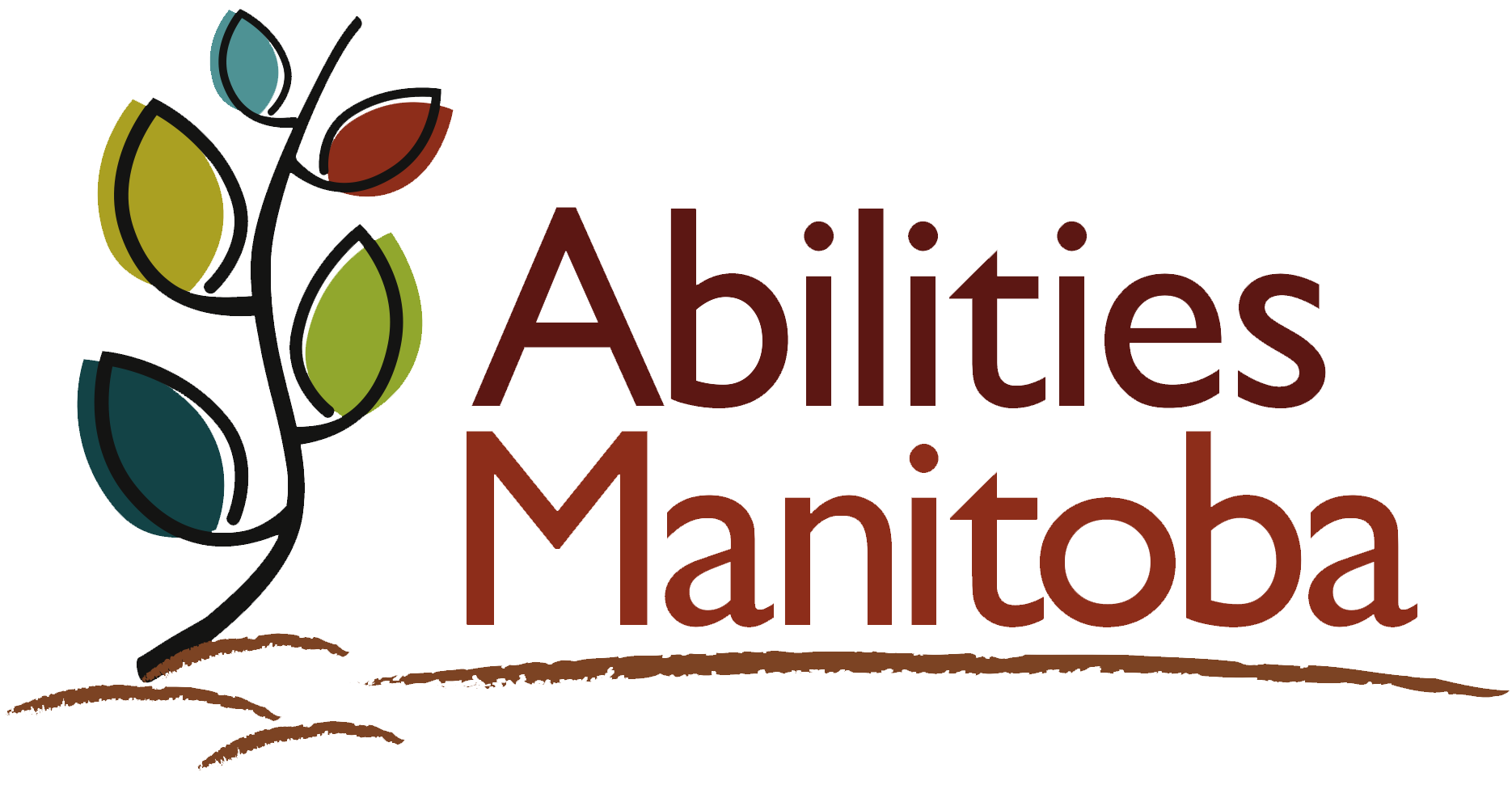Documents authored by Abilities Manitoba are available in alternative formats. For other shared documents and resources, please contact the original author. If you require any assistance please contact us and we will do our best to accommodate you.
You can contact us at admin@abilitiesmanitoba.org or 431-688-6108.
Leading Practice Guidelines
Medical Emergencies
Type: Wellbeing
Guideline: The organization has a system of communication and information needed to respond to health emergencies. This includes ensuring the staff/caregivers have the knowledge and competence to respond and have access to health care information and plans for each person they support.
What does this look like?
The organization clearly explains its role and scope related to supporting medical emergencies as part of welcoming people into their services so that they are aware of what to expect and if there are any limitations to the service delivery. For example, some transportation, day or employment support services may have limitations to their scope of support related to health care. These must be clearly articulated so that the person and their family/support network are able to make informed decisions about how the service will meet their unique health care needs.
Where the organization is responsible for health care supports, proactive planning is recommended for people served who have conditions or illnesses that present a high potential to become a life-threatening situation or medical emergency.
Documentation of plans and expectations for staff should these situations occur assist them in confidently responding in a timely and knowledgeable manner leading to better outcomes.
Examples of conditions where proactive planning is recommended include (not exhaustive):
- Seizure disorder/epilepsy creating risk for prolonged seizures or status epilepticus;
- Neurological disorders requiring devices or implants such as shunts or vagal nerve stimulator that may have specific directions for use or require intervention if malfunction occurs;
- Cardiac conditions that create risk for heart attack or cardiac failure;
- Asthma or other respiratory disease creating risk for respiratory distress or failure;
- Diabetes creating risk for diabetic coma from very high or very low blood sugar;
- Risk for aspiration creating risk for aspiration pneumonia; acute respiratory distress or sepsis;
- Gastrointestinal disorders with history of severe constipation, impaction, bowel obstruction, rectal prolapse or gastric bleeding;
- Feeding tubes; address risk of tube displacement or blockage;
- Severe allergies that are known to result in anaphylactic shock or other severe, life threatening reaction;
- Bleeding risk related to diseases, disorders or anticoagulant therapy; and
- Other conditions based on health care professionals recommendations.
Proactive planning should include input from family members/support network members regarding the situation(s) under which a medical emergency may occur and the action steps that the person and/or his/her SDM desire to be taken in a medical emergency.
Training on what to do in specific medical emergencies should be extended to family and close friends (and where appropriate other personnel from other support agencies) to ensure all feel competent to respond when spending time with the person.
Plans should be created with family/support network in collaboration with the applicable members of the person’s health care team (nurse, nurse practitioner, clinical pharmacist, general practitioner or specialist and clinical consultants). Ultimately what is created should be approved by and shared with the health care team (with the person’s consent).
Protocols for what to do in emergencies should be written in clear, jargon-free language and include:
- A brief and simple description of the condition or illness with the most likely life-threatening complications that might occur.
- How those complications may appear to an observer.
- Step-by-step instructions regarding the actions to be taken by staff and/or others to intervene in the emergency, including criteria for when to call 911 directly.
- List of emergency contacts with phone numbers.
- If appropriate, reference to whether the person has an advanced care plan or other end of life instructions and where these are located.
Location of plans or health care information takes into account the various locations and contexts in which support is provided.
The organization provides training and instruction to staff related to responding to medical emergencies. This includes:
- The availability, content and location of health care information for each person served and the expectations of action during emergencies.
- When and how they contact emergency services, organizational leaders and the person’s family/support network.
- Training on specific health care interventions as required (dependent on person’s health and scope of service)
How would you know this is happening? (Evidence)
What you see in systems:
- Documented plans on what to do in an emergency are in place for people with high risk health conditions.
- Training and orientation documentation for staff on how to respond in medical emergencies and how to specifically support each person as required.
What you see in actions:
- Staff are confident and knowledgeable about what is expected of them when a medical emergency occurs and know where to access required information specific to the person.
- People receiving services and their family/support network have confidence that their support team has the knowledge and competence to manage emergency situations.
Resources to support achieving guideline:
- Sample Health Care Emergency Plan - [to be added soon]
- E.R.I.K. – Emergency Response Information Kit
